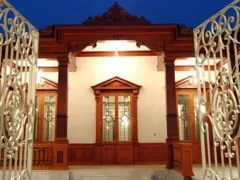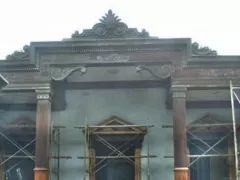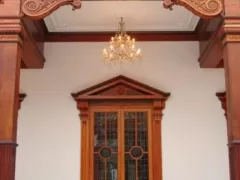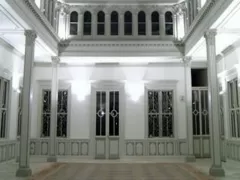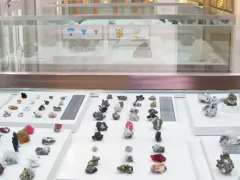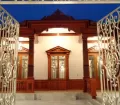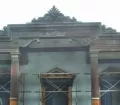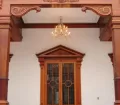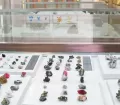The Casa Belen on Lima's famous Jiron de la Union in the City Center is a beautifully restored mansion which origins date back to around 1606. Today the privately owned historical monument houses the Museum Andres del Castillo displaying the amazing personal collection of minerals, Chancay ceramics and ancient textiles of the "del Castillo" family.
The first records of Casa Belen are from around 1606. Even though it had to be rebuilt and renovated several times, a destiny most historic buildings in Lima share, it's still standing and part of Lima's history like many of its former owners as well. Among its proprietor was Jose Baquijano y Carrillo, Count of Vista Florida (1751-1818), one of the most illustrious intellectuals of the time, precursor of the Peruvian Independence and founder of the Mercurio Peruano, Peru's first newspaper published in 1791. It is believed that Don Jose Bernardo Alcedo (1788-1878), the composer of Peru's anthem, lived in Casa Belen in the 19th century. Another famous owner was Don Enrique Barreda y Osma (1847-1929), a distinguished Peruvian business man, politician and in 1894 mayor of Lima. And the first Embassy of the United States of America in Lima was housed in Casa Belen.
After being abandoned for many years, the Andres del Castillo Foundation under its president Guido del Castillo bought the decayed old mansion in 2006. In memory of his son Andrés del Castillo Rey, a mining engineering student who tragically died in 2006 only aged 26, the Casa Belen should become a house of science, history and culture and bear his name. A meticulous restoration began and finally in 2008 the Republican style mansion shone in new splendor and was transformed to the Andres del Castillo Museum. The museum displays the private collection of the del Castillo family containing beautiful crystallized Peruvian minerals, Chancay ceramics and pre-Hispanic costumes and clothing. You will find as well an exhibition presenting the history of the house, its architectural style and restoration.
The Casa Belen also offers an open air cafeteria in the patio and has a nice little shop where visitors can buy mineral samples, alpaca clothing, books, postcards, and other items.








